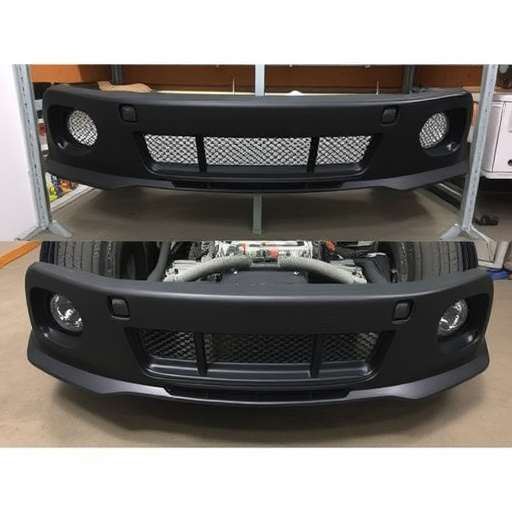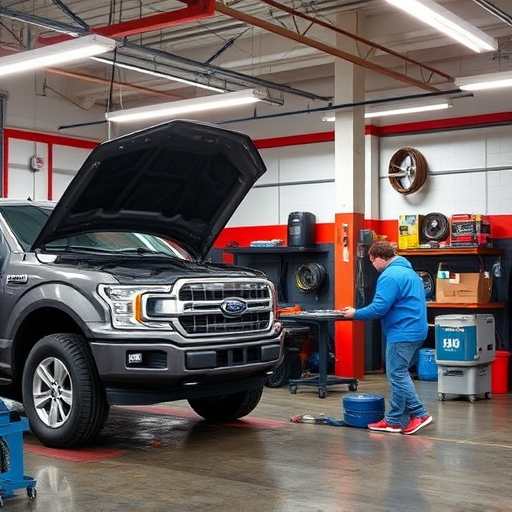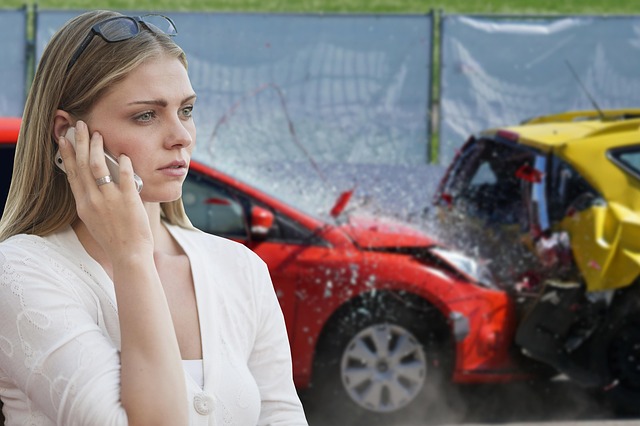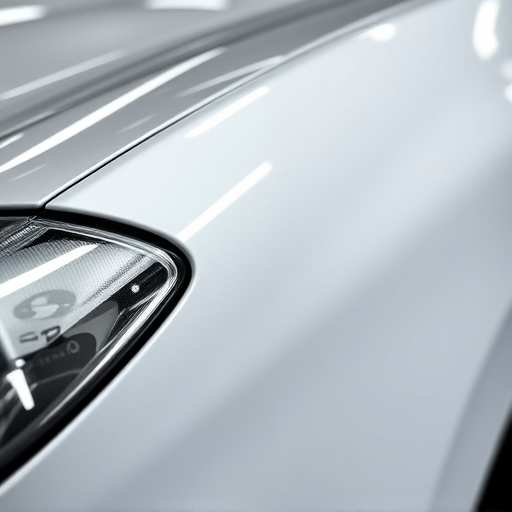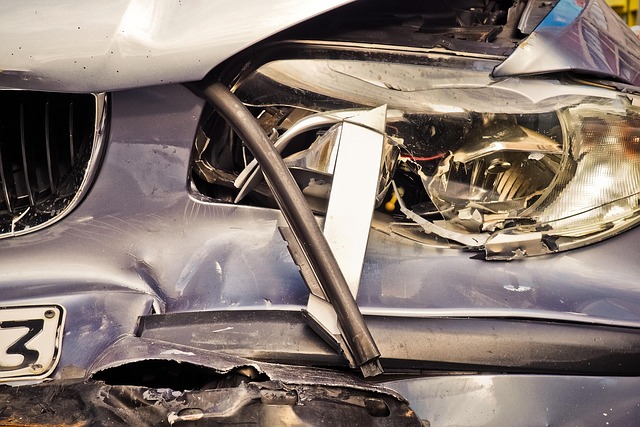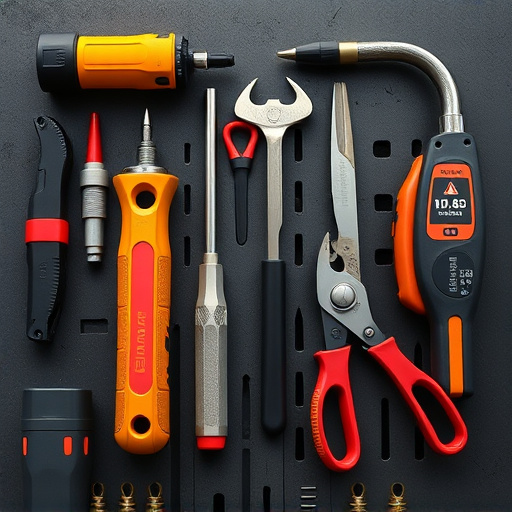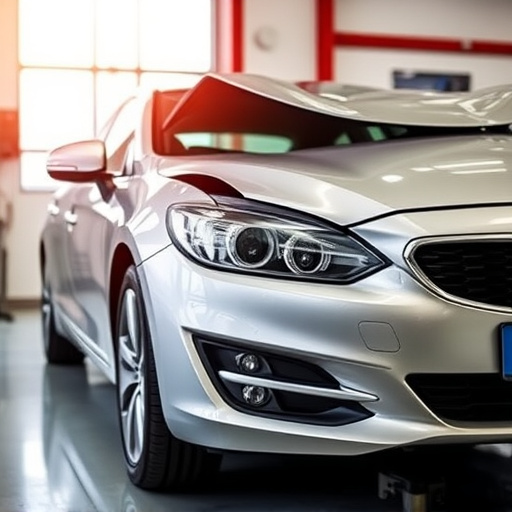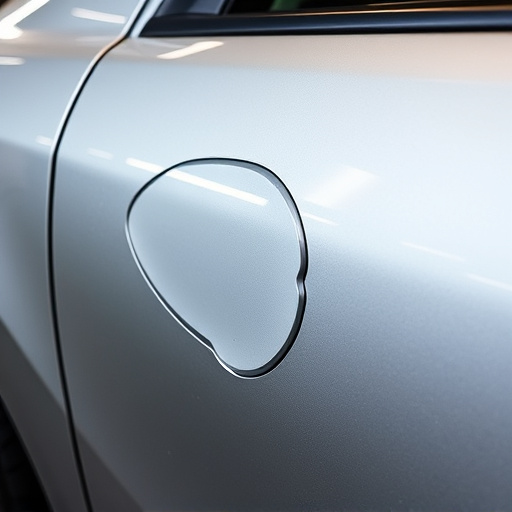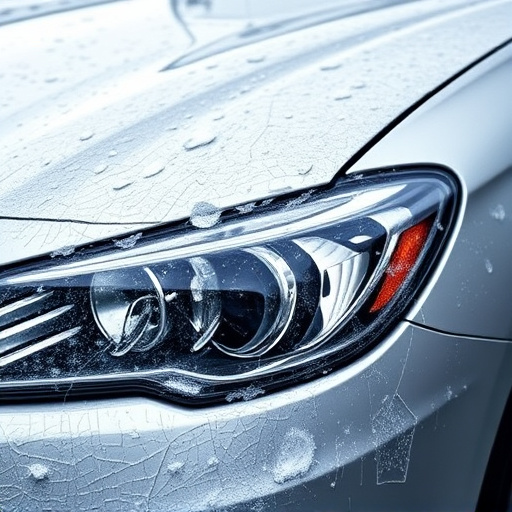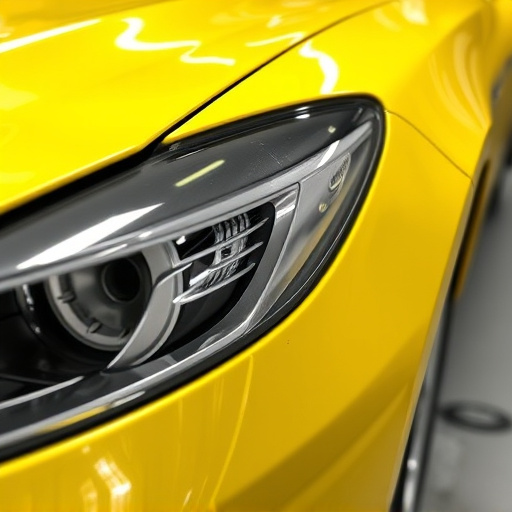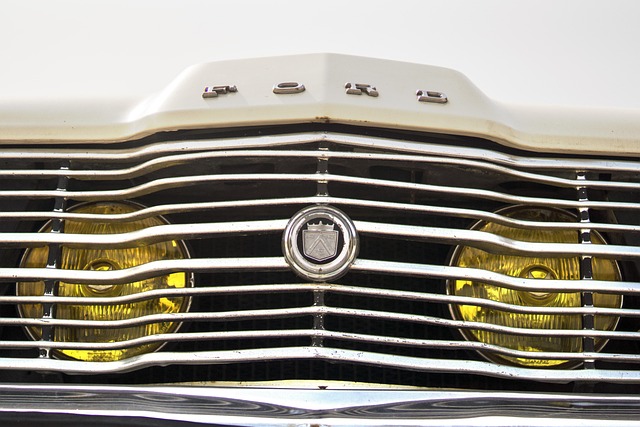Tesla's advanced battery protection systems safeguard high-voltage packs from undercarriage accidents. These include robust shielding, sensors, and software monitoring battery health and location. In case of impact, they deploy safety measures to prevent short circuits or fire hazards. Tesla battery protection repair goes beyond external body work, ensuring integrity of the mechanism while adhering to Tesla's strict safety standards for reliable, safe transportation after undercarriage damage, caused by road debris, punctures, dents, or accidents impacting critical components like exhaust systems and fuel tanks. Meticulous assessment, disassembly, repair/replacement of damaged parts, professional autobody work, reassembly, and rigorous testing ensure optimal functionality and safety in Tesla battery protection repair.
Tesla vehicles are renowned for their innovative technology, including advanced battery protection systems. However, undercarriage damage can pose significant risks to these high-tech batteries. This article delves into the crucial topic of Tesla battery protection repair, offering a comprehensive guide. We explore common scenarios causing undercarriage harm and provide a step-by-step repair process ensuring optimal safety for your vehicle’s vital battery components.
- Understanding Tesla Battery Protection Systems
- Common Undercarriage Damage Scenarios
- Step-by-Step Repair Process for Optimal Safety
Understanding Tesla Battery Protection Systems
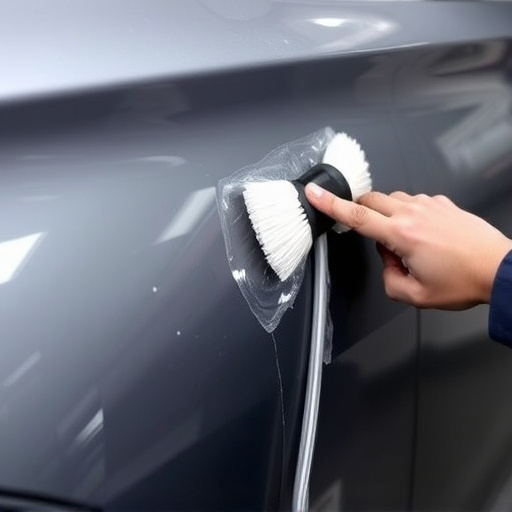
Tesla Battery Protection Systems are designed to safeguard the vehicle’s high-voltage battery pack from potential damage. These systems play a crucial role in ensuring the safety and longevity of Tesla cars, particularly in the event of undercarriage accidents or incidents. The protection mechanisms include robust shielding, sensors, and sophisticated software that monitor the battery’s health and location within the vehicle. When an impact occurs, these systems quickly assess the situation and deploy safety measures to prevent short circuits, fire hazards, or any internal damage.
Understanding how these systems work is essential for anyone considering Tesla Battery Protection Repair. Repairs are not merely about fixing external scratches (automotive body work) but ensuring the integrity of the entire battery protection mechanism. An auto repair shop specializing in Tesla vehicles should be equipped to handle various issues, from sensor calibration to replacing damaged components, all while adhering to Tesla’s stringent safety standards. This meticulous approach guarantees that your Tesla remains a reliable and safe mode of transportation after any undercarriage damage.
Common Undercarriage Damage Scenarios
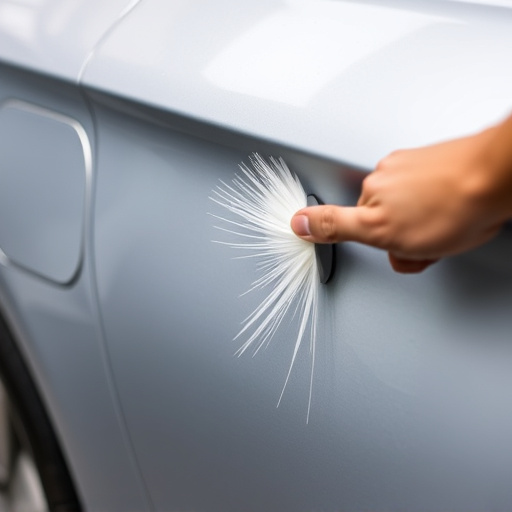
Undercarriage damage is a common issue that can affect any vehicle, and Teslas are no exception. From simple nicks and scratches to more severe impacts, several scenarios can lead to undercarriage damage. One of the most frequent causes is road debris like rocks, branches, or metal fragments that can puncture or dent the underbody components. These incidents often occur during everyday driving, especially on unpaved roads or construction sites.
Another common scenario involves collisions or accidents where the front or rear undercarriage sustains damage. This might include crumpled or bent exhaust systems, damaged fuel tanks, or compromised battery protection structures. Proper auto repair services can address these issues, ensuring not only effective car damage repair but also preserving the integrity of critical components like the Tesla battery protection system, which is essential for optimal vehicle performance and safety.
Step-by-Step Repair Process for Optimal Safety
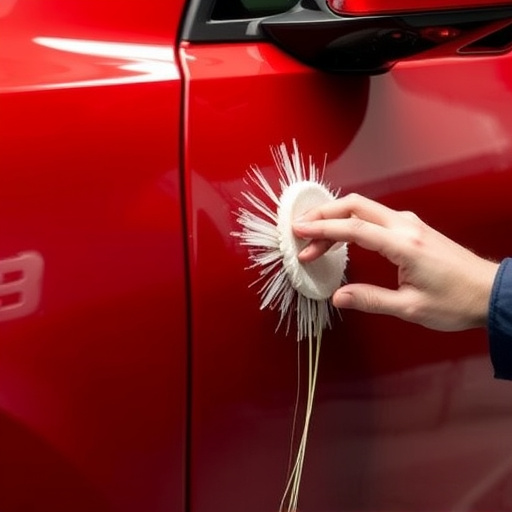
When dealing with undercarriage damage on a Tesla, especially concerning the crucial battery protection system, a meticulous step-by-step repair process is essential for optimal safety and long-term performance. The first step involves assessing the extent of the damage to the vehicle body repair, identifying any compromised components within the battery protection system. This may include inspecting the battery tray, cables, and surrounding structures for signs of corrosion, cracks, or misalignment.
Once identified, proceed with careful disassembly, ensuring proper documentation and marking of each component for easy reassembly. Clean the affected areas thoroughly to eliminate any debris or contaminants that could interfere with the repair process. For specific instances of damage, such as dents or scratches, professional autobody repairs may be required to restore the vehicle’s aesthetic appeal without compromising structural integrity. After repairing or replacing damaged parts, reassemble the battery protection system, double-checking all connections and alignments before final sealing and testing.
Protecting Tesla’s advanced battery systems is paramount for maintaining optimal vehicle performance and safety. By understanding common undercarriage damage scenarios, you can proactively prevent or promptly address issues. The step-by-step repair process outlined in this article ensures that any damage is repaired correctly and safely, preserving the integrity of your Tesla’s battery protection system. When it comes to Tesla battery protection repair, knowledge and swift action are key to keeping your electric vehicle running smoothly for years to come.
